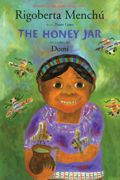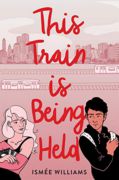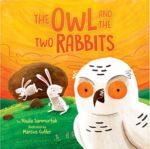
One winter afternoon, Joe and Cody went ice fishing with their papa, their mama, and Cody’s little black dog, Ootsie. It was the perfect day to fish. The sky was clear, and the sun made the snow sparkle like diamonds.Brothers Joe and Cody are spending a chilly winter afternoon ice fishing with their parents. Cody is helping Papa fish, while Mama and Joe doze in the sled. Suddenly the sled dogs sit up and sniff. A fox is across the lake, her fur as bright as flames. The sled dogs give chase, pulling Mama and Joe along on a wild ride.Written in both English and Cree, Fox on the Ice is a wonderful, lyrical story of celebration from award-winning author Tomson Highway, capturing a passing way of life for future generations. Illustrator Brian Deines has created an evocative masterpiece of shimmering oils depicting the beauty of northern Manitoba.









